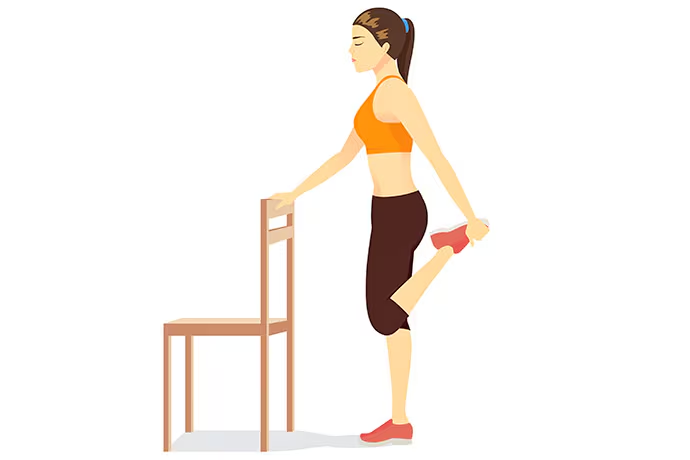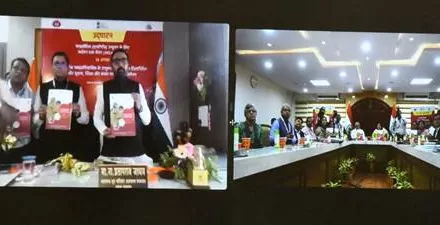Rio de Janeiro, Brazil – August 22, 2024 – A new study has uncovered a fascinating link between physical flexibility and longevity, suggesting that maintaining flexibility as you age could significantly lower your risk of early mortality. The research, led by Dr. Claudio Gil Araújo of the Exercise Medicine Clinic-CLINIMEX in Rio de Janeiro, found that individuals with higher flexibility in middle age had notably lower odds of dying over the next 13 years compared to those with poorer flexibility.
The study, recently published in the Scandinavian Journal of Medicine & Science in Sports, involved over 3,100 men and women in Brazil. Researchers used a detailed flexibility score called the Flexindex, which assessed the range of motion in 20 movements across seven joints. Scores ranged from 0 to 80, with higher scores indicating greater flexibility. The findings were striking: participants with the lowest 10% of Flexindex scores had death rates of 26.9% for men and 18.2% for women, while those with the highest scores had death rates near 1%.
Dr. Araújo, who has previously explored the links between physical capabilities and longevity, was not surprised by the results. “We found what we expected,” he said. “Reduced flexibility was related to poor survival.”
The study’s implications are significant, particularly for aging populations. Barry Franklin, PhD, a co-author and director of preventive cardiology and cardiac rehabilitation at Corewell Health William Beaumont University Hospital in Michigan, emphasized the importance of flexibility in reducing mortality risk. “Men with the poorest flexibility were nearly twice as likely to die over the follow-up period as those with high flexibility,” Franklin explained. “For women, the difference was even more pronounced—those with the poorest flexibility were almost five times more likely to die.”
While the study provides strong evidence linking flexibility to longevity, it does not establish a direct cause-and-effect relationship. Dr. Jonathan Bonnet of the Stanford Center on Longevity Lifestyle Medicine cautioned that the study’s design could not definitively prove that flexibility alone is the reason for the reduced mortality risk. “People who are not flexible probably have other health-related issues that limit their mobility,” Bonnet said. He also noted that the study participants were primarily affluent whites, which might limit the generalizability of the findings.
Despite these limitations, the research highlights the potential benefits of maintaining flexibility, particularly as part of a comprehensive approach to physical fitness. Dr. Franklin suggested that future studies should explore whether improvements in flexibility through training could directly influence survival rates, especially in older adults.
Dr. Araújo hopes his research will encourage people to prioritize flexibility as a key component of their fitness routines. “What really matters is to be physically fit—not only in aerobic or strength fitness but also in flexibility,” he emphasized. He believes that flexibility assessment and training should be recognized as important factors in overall health and longevity.
While the U.S. Department of Health and Human Services does not currently include stretching in its physical activity guidelines due to a lack of specific data on its health benefits, this study adds to a growing body of evidence that suggests flexibility could play a crucial role in long-term health outcomes. Until more data is available, Dr. Bonnet advises focusing on aerobic and muscle-strengthening activities, though maintaining mobility and joint range of motion remains important.
In conclusion, this study underscores the value of flexibility in promoting not just quality of life, but potentially extending it as well. As more research unfolds, the hope is that flexibility training will become a more widely recognized and practiced aspect of healthy aging.












